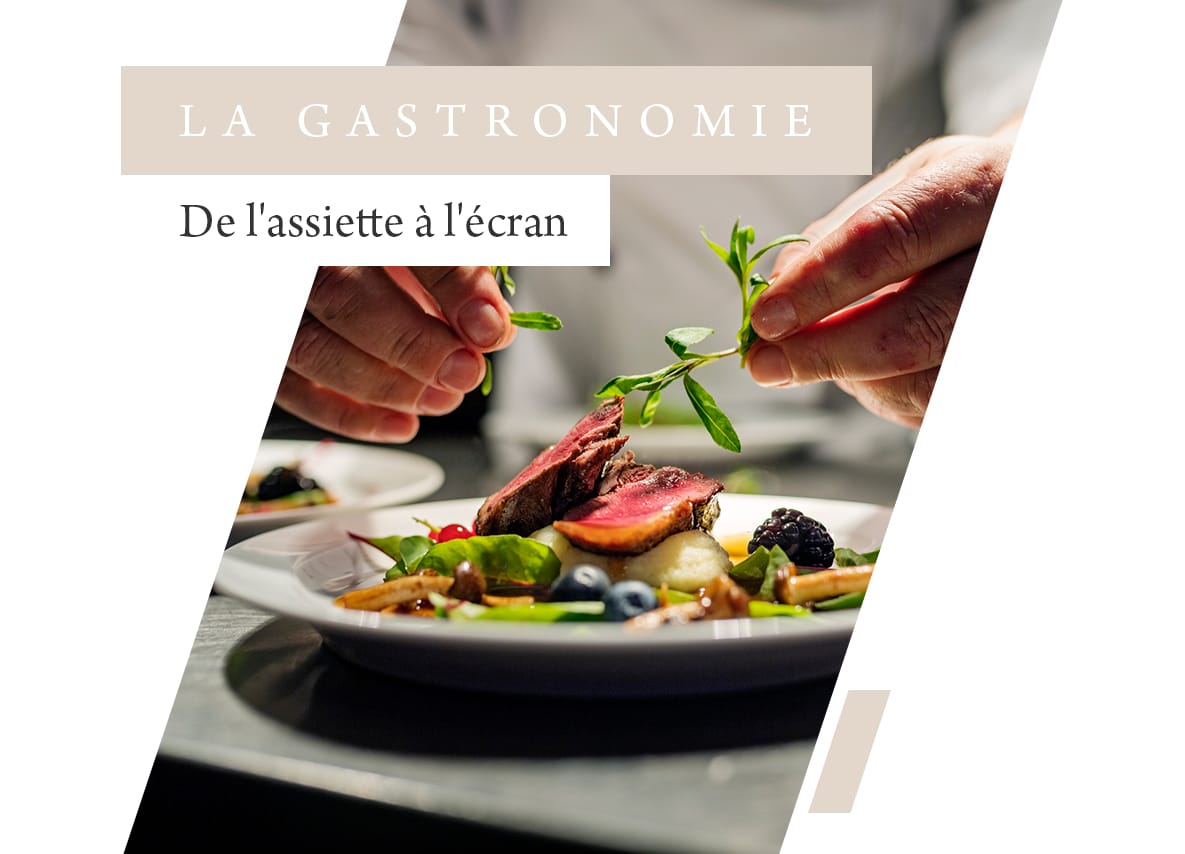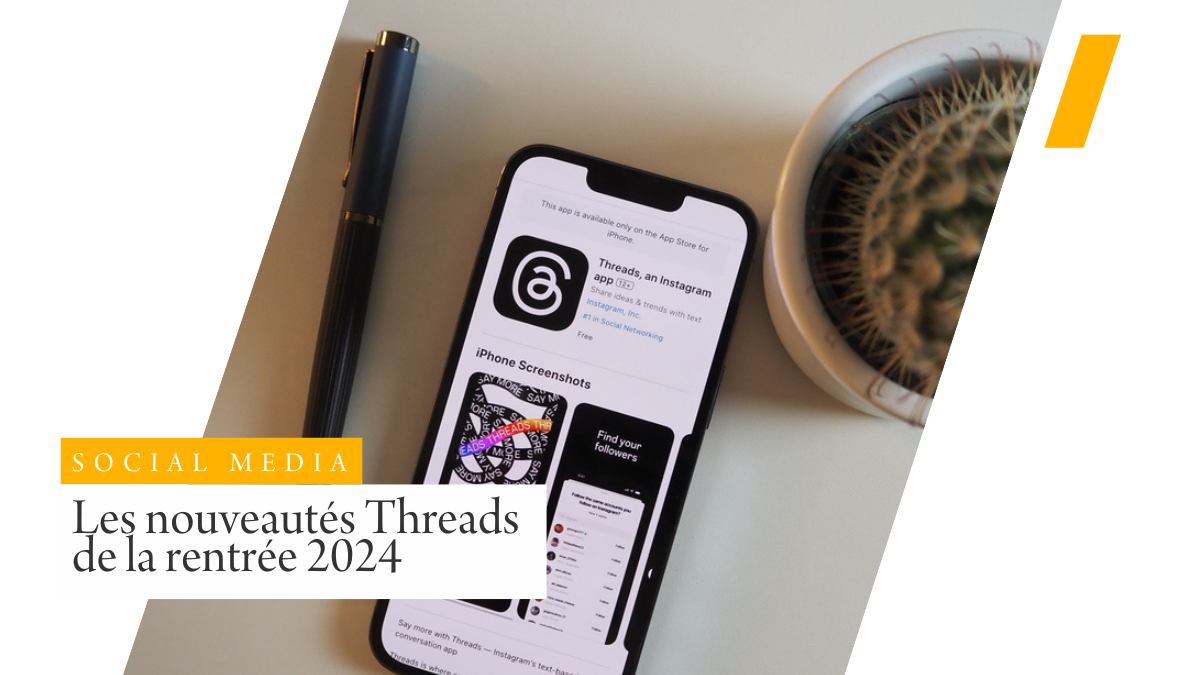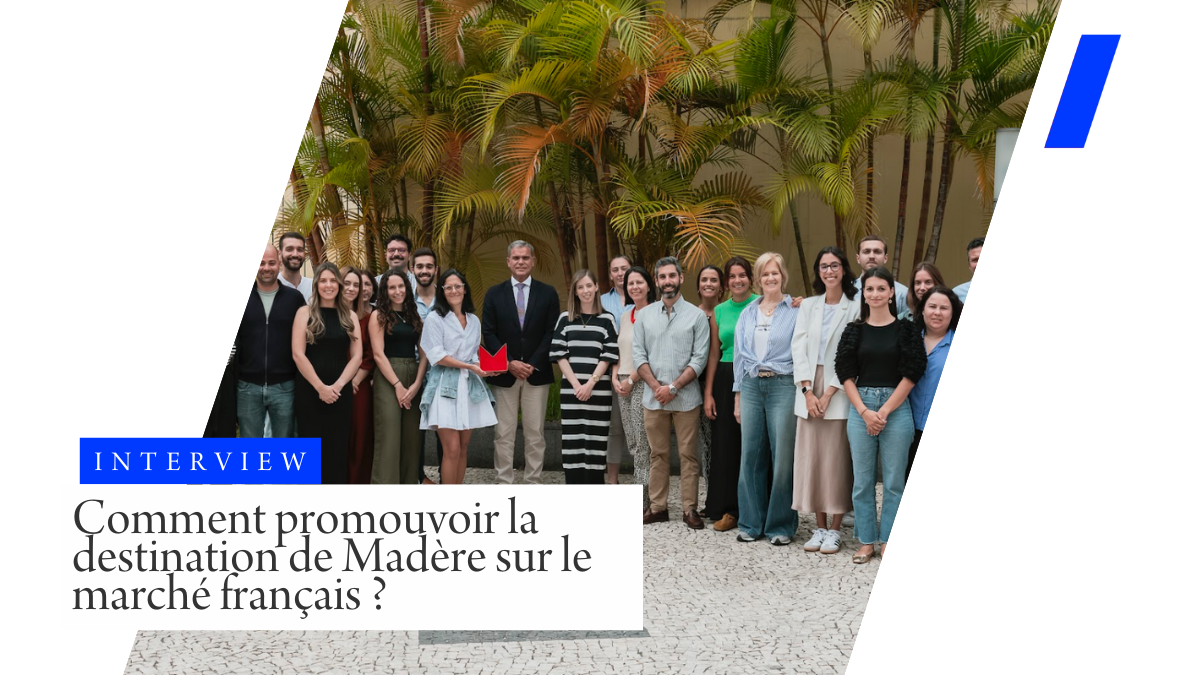Welcome to France, a country with a uniquely rich culinary heritage that has dusted off its old saucepans to keep up with the times!
The DNA of French cuisine is universal, allowing it to express itself and inspire excellence.
Every year, no fewer than 9 million tourists flock to Paris alone to discover the wonders of our gastronomy.
A cuisine that has been a UNESCO World Heritage Site since 2010 😉.
From spirits and fine and delicious food to street food and new culinary experiences, the French offer has no shortage of imagination to seduce both international and domestic customers.
Just because we’re French doesn’t mean we know everything about our gastronomy!
On the contrary, culinary discoveries are also aimed at regional customers, who flock at weekends but also on longer stays to expand their knowledge of the savoir-faire of the plate and of taste 😉.
Tourism and gastronomy: what’s the connection?
The “restaurant” destination is a real leisure activity.
Getting together in restaurants, bistros and culinary workshops is a social act, far removed from the distance sometimes created by social networks.
The act of getting together and talking around a table with a wide variety of people, and helping them discover or appreciate all forms of cuisine, becomes an act of sharing.
What’s more, it can be described as an act of civilization.
And yes, the table is undoubtedly one of the most civilized places on the planet.
It’s where conflicts are settled, where conversations are held until a solution is found and problems disappear.
It’s around the table that we generally make beautiful declarations or, on the contrary, manage to spoil the Christmas atmosphere (TMTC).

Today, many players in this food and gastronomy circuit have understood the craze for new concepts in “eating well” and “eating local”.
A way of approaching the table as a place of exchange, but also of taking care of yourself!
There is a real source of motivation to develop tourism and cultural innovations around this offer (which we’ll call gastronomic for the sake of completeness), knowing that there is now a real clientele for this type of offer.
Eating habits are changing, and this is providing producers, restaurateurs and local authorities with a response to a form of communication that was underdeveloped just a few years ago.
When you consider that 69% of the French population is concerned about the effect of their food on their health, it’s a sobering thought.
And with 61% of us concerned about the impact of our eating habits on the environment, it’s easy to imagine the growing importance of organic and local food on social networks, as well as the close links between responsible tourism practices and gastronomic tourism.
From a territorial point of view, gastronomic heritage has become a real economic lever.
The challenge of promoting local gastronomy through products with a positive image is becoming a reality in many French regions.

What’s more, it’s now a fact that the population is becoming increasingly urbanized, and the vast majority of this population is completely unaware of the processes involved in food production and cultivation.
It’s a knowledge gap they want to fill.
Regular short-breaks across France are the best way to reappropriate French know-how and get back to basics.
Despite their hyper-connectivity (they consult their phones an average of 47 times a day for varying lengths of time), social network users are keen on any media content that brings them closer to the simple things, the small pleasures that are pleasant to rediscover.
A community dominated by the famous Generation Z, which is imposing a new meaning on travel and discovery.
A generation that perhaps tends to feel guilty about the excesses of previous generations and that, through a healthier, more balanced lifestyle, could succeed in restoring the natural order of things.
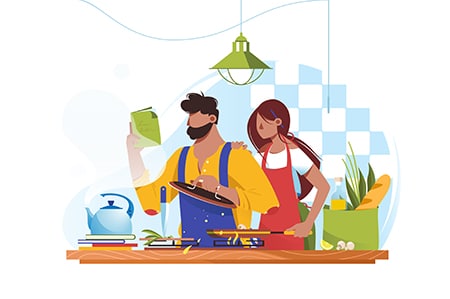
The overload of information on organic products, as well as beauty tips and environmental and animal awareness, is fuelling this need to raise awareness of how to consume better.
Just take a look around Instagram to fully realize this fact: influencers are going green ✅!
It’s no longer “foodporn” or showing off a life of cocktails and parties.
Now it’s all about vegan advice, homemade recipes and eating locally.
The number of recipes posted online, whether in the form of Instagram posts or stories, tends to grow and grow (who hasn’t noticed during confinement…).
In fact, did you know that an estimated 69% of millenials take photos of their food when they go to a restaurant, and that 40% of Facebook users and 38% for Instagram consult Food content?
Food is a real social phenomenon and, according to the former Director of Products and Consumer Goods at Facebook France, over a billion interactions around food are generated on Facebook every month.
Instagram, for its part, is not to be outdone, and on a monthly basis, 250 million publications include #Food in their description. It’s particularly interesting to look at the profiles of so-called “Lifestyle” influencers, for whom it’s all the easier to observe the turn taken in the name of “eating better”.
Local products, local restaurants and, by extension, the Circuit Court.
It’s an approach that allows us to rediscover ways of life, and thus to enhance the value of ultra-targeted territories according to their food specialties, in order to create a multitude of gastronomic offerings.
It’s time to seize this niche and create a real distinction between regions that belong to the same economic fabric.
So why is it important to integrate a strategy based on the physical and digital promotion of gastronomy?An advantage that applies throughout France
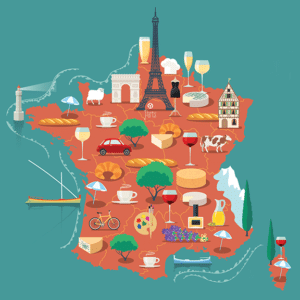 Does your destination boast a unique specialty or know-how?
Does your destination boast a unique specialty or know-how?
If so, you’re probably aiming to attract tourists.
In high season, you could very well benefit from a growing demand from individuals wishing to discover your specialties (and this is also a powerful lever for deseasonalizing your tourist flows).
Do your local producers offer tastings?
Promote them directly on your websites and social networks, because yes, gastronomy is also based on the experiential and testing concept that can be found in other closely related sectors such as travel.
It’s a concept that can be duplicated across a wide range of sectors, and one that can generate handsome revenues for modest outlay.
When we know that an individual, or household, buys at least one product following a visit to a winery, olive grove or cheese factory, it seems sensible to open up guided tours of these farms as much as possible, and to offer a short detour to the boutique store at the end of the visit.
A place that can offer unbeatable selling prices and, like any brand, can call on the services of a hyper-targeted influencer.
By the way, did you know that you don’t necessarily need to set up an entire physical mobilization plan to promote your product if you can’t organize the visit of the said influencer?
You can also opt for remote collaboration, clearly specifying your added value and how your product differs from the competition.
If the influencer you’ve selected fully matches your concept and what you’re offering, the deal’s in the bag, and you’ll benefit from increased visibility with a community that shares the same values!
Sending a gift basket when you’re a producer, or even a destination, is a great way to get the word out and showcase your expertise.
Even if the communication action goes no further, you’re almost certain that the profile you’ve identified will at least share the discovery in your story.
In this approach, we could also highlight other great strengths of France’s gastronomic heritage that have succeeded in pulling themselves up by their bootstraps.
The Route des Grands Crus is 60 km long and passes through 37 villages with legendary appellations.
Created in 1937, it was France’s first wine route and invented oenology and wine tourism: a new way to travel ! Like historians or geographers, specialized guides tell the story of Burgundy to tourists from all over the world.
Burgundy has also inspired other regions: Les rosés de Provence, la route des sables in Languedoc, la route du citron in Menton, la route de la lavande et du tournesol around Valensole, as well as intramural gatherings in Paris paying tribute to French products, such as Montmartre fête la coquille Saint-Jacques and La fête de la Bretagne.
Gastronomy is easily exported and imported to all kinds of places when you’re in France!
🇫🇷
Networking flows in your area
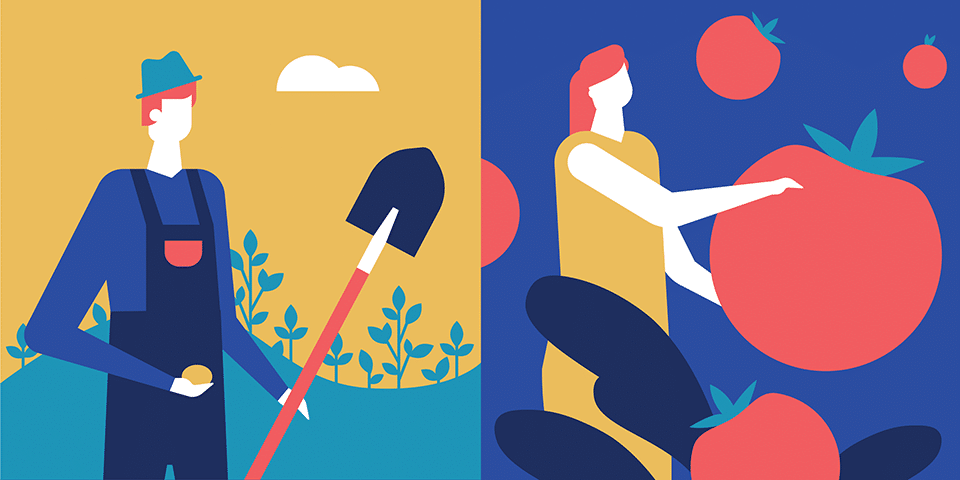
Are you an institutional or regional brand looking to attract visitors from all over your catchment area?
Focus on profiles looking for experiences that will change their daily lives!
To achieve this, don’t hesitate to deploy physical media that bring out the authenticity of your destination, while also appealing to a community with a fondness for digital media.
How do you do it?
Well, first of all, keep in mind that booklets and brochures are still communication media that shouldn’t be neglected.
Just because you’re addressing a connected audience doesn’t mean you have to do away with the last media that allow you to establish physical contact with your customers… Booklets are still beautiful objects that ensure the perpetuation of a memory for those who know how to keep them.
Like a travel journal (by the way, Julie’s Carnets may inspire you), they allow you to take notes, circle, organize and do so with total ease.
To illustrate this point, let’s take the booklet below as an example:
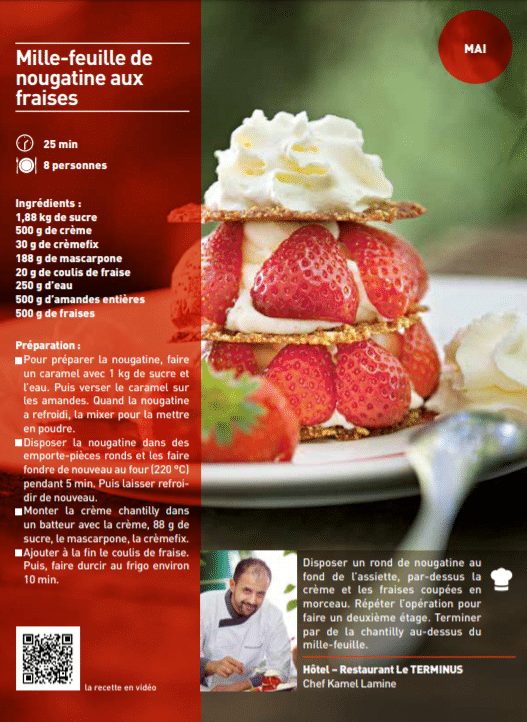 Les Régalades en Provence, a booklet straddling several consultation media.
Les Régalades en Provence, a booklet straddling several consultation media.
This type of support is clearly a mix & match between all the codes currently in vogue on social networks: precise information with addresses, websites, complete presentations, recipes, but also the integration of QR Codes that enable the online consultation of said recipe and the viewing of an interview with the operator making his products available to the chef hosting the recipe, in short the loop is closed and all in quality 😉 !
A complete overview that, in just 56 pages, provides a comprehensive overview of a region’s gastronomic identity, in a variety of formats, while also answering other parallel questions such as: What are the seasonal products of this region, and how can they be processed?
It’s the type of medium that seems ideally suited to distribution to foreign visitors, but also to a regional and local target audience that doesn’t necessarily have access to all this information in a concise way.
All the media content behind these booklets can then be hosted on platforms such as Youtube or Dailymotion.
These will enable playback to be organized in the form of playlists, so that themes are respected and users can easily find their way around.
Bringing audiences together:

f there’s one common denominator to every successful festivity, it’s gastronomy!
It’s an integral part of an offer that’s tending to diversify and broaden its horizons.
Events organized around gastronomy are extremely rich and varied.
The ever-increasing visibility given to the gustatory heritage of destinations tends to create events that are more and more accessible to the general public, or at the very least, that allow for massive dissemination using striking visual codes and open to promotion across a wide range of networks.
Take LeFooding.com, for example, which provides public visibility for a wide variety of partnerships.
As a tourism and lifestyle player, you too can claim a slice of the cake, as this kind of event also relies on collaborations with influencers.
This time around, we’re breaking down social distances by inviting a talented and dynamic chef directly into the home of an influencer, as below, LePetitFrançais, who himself will have invited his fellow influencers around his table.
It’s a great way to showcase the conviviality and exchanges that can arise around a good meal.
This is your chance to take advantage of past and future collaborations with influencers.
If you manage to get into their feeds and stories, you’ll be part of this dynamic, and thus part of a high-impact communication strategy.
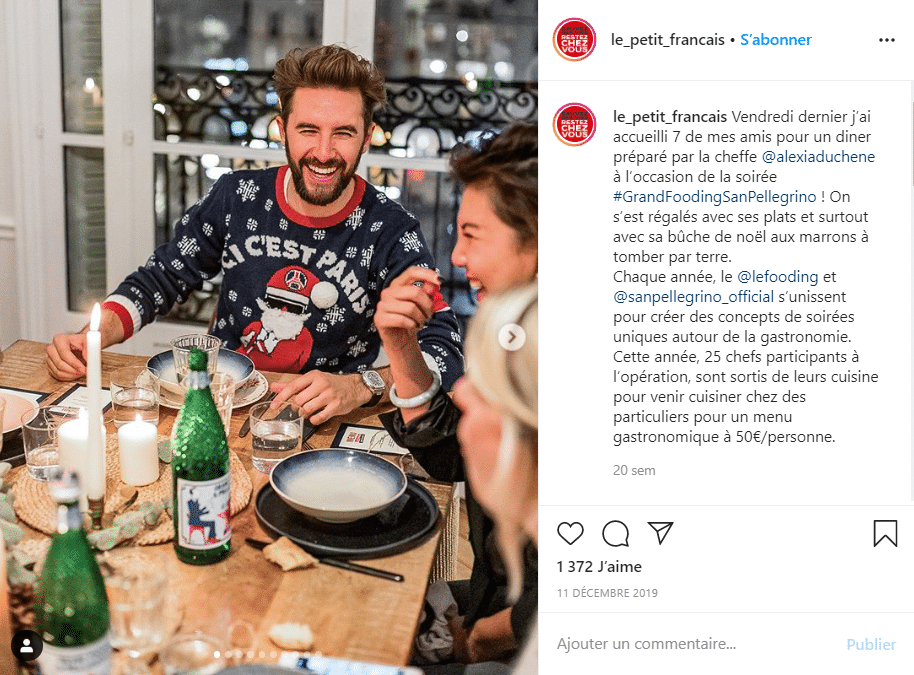 Gastronomy seems to be an all-purpose subject that can be used in a variety of ways.
Gastronomy seems to be an all-purpose subject that can be used in a variety of ways.
To get noticed, show off your culinary heritage!
Here’s just one example: sponsored lunches at the IFTM trade show.
Are you a tourist representation agency?
If so, you’ve got a great opportunity to make a name for yourself by creating that famous warm, friendly atmosphere over an aperitif.
And yes, food and aperitifs have a hidden power and can make all the difference!
As we’ve said, they’re an integral part of a successful event, and that’s why they’re at the heart of certain public event strategies.
A simple lunch can work in your favor, and show just how up-to-the-minute you are with your prospects.
Other events and cultural gatherings put gastronomy back at the center of attention.
For example, this has been the case for several years now at the WeLoveGreen festival held at the beginning of summer in Paris.
Its strength lies in demonstrating that it is possible to insert a “simple”, “on-the-go” food offer to complement related themes and thus amplify the influence and identity of an event.
People no longer come just for the music, but also for the food!
All this, coupled with the invitation of influencers, is a further reminder of the approach taken by LeFooding (or, very soon, yours).
Invitations to gustatory pleasures also resonate within the world of haute gastronomy.
French chefs, high-end establishments, prestigious hotels and the famous Michelin stars are the vectors of more international communication.
This, in turn, fills two of the essential gaps we’ve mentioned: the international network, and the event-driven, unifying aspect.
This is how the inimitable Alain Ducasse launched the Goût de / Good France (GF) movement in 2011.
This gastronomic event has been around for years, and remains a highly inspiring initiative for everything to do with culinary promotion, with the aim of promoting French products around the world.
It’s a concept that extends the reputation of our gastronomy and maintains the enduring enthusiasm for our cuisine among international customers.
Goût de France is a large-scale event that can be duplicated in a city, a destination… your destination!
An initiative that can easily mobilize several (thousands in the case of GF) Chefs on the same date to promote a common product/cuisine.
In the case of GF, the event demonstrates that French gastronomy alone can unite nearly 1,300 restaurants in 150 countries, uniting them around a common DNA and demonstrating the influential role of our know-how on a global scale.
In terms of digital transposition, the concept has its own Instagram account with over 6,000 followers and nearly 15,000 publications incorporating the #GoodFrance hashtag.
Its Facebook activity is aimed at some 15,000 followers.
It’s clear that gastronomic tourism strategies are wide-ranging and varied, and that they can be deployed across a whole spectrum of tourism players, both institutional and private.
Yes, you’ve guessed it, when it comes to culinary tourism, there’s plenty to do and do again!
🥖🇫🇷🚲🥐🍷.
